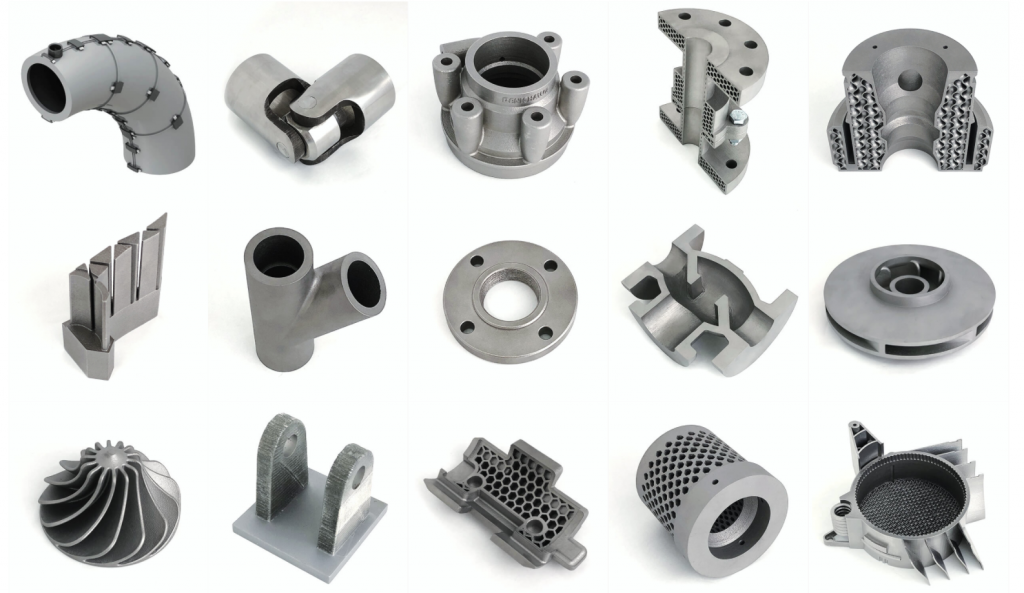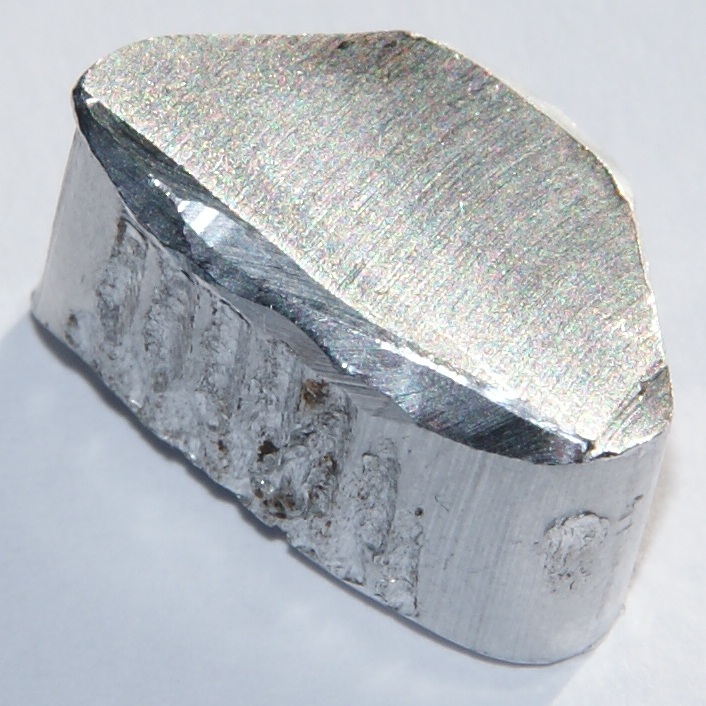The process behind Aluminum Casting and why it matters for manufacturers
Wiki Article
Understanding the Production Refine and Upkeep Practices for Aluminum Foundry Products
The manufacturing process for aluminum shop items is elaborate and requires an extensive understanding of several phases. From the melting of aluminum at high temperature levels to various casting techniques, each step plays a crucial role. Additionally, upkeep techniques assure equipment stays efficient and items are devoid of defects. However, the intricacies of these processes and their influence on item quality raising crucial concerns concerning finest practices and innovative techniques in the market.Review of Light Weight Aluminum Shop Products
Aluminum foundry items are vital components in various sectors, supplying a mix of light-weight stamina and deterioration resistance. These items are typically utilized in industries such as automotive, aerospace, and building and construction, where toughness and effectiveness are extremely important. Aluminum's reduced thickness makes it an optimal product for applications needing decreased weight without sacrificing structural integrity. The convenience of light weight aluminum permits the development of complex geometries, dealing with diverse layout demands.Aluminum shop items can be customized with numerous alloys to enhance details properties, such as improved thermal conductivity or raised hardness. Their resistance to oxidation and corrosion warranties long life, making them ideal for both outside and indoor applications. The mix of these attributes adds to the growing preference for aluminum in contemporary manufacturing. As markets seek to optimize efficiency and sustainability, aluminum foundry products continue to play a crucial function in satisfying these demands.
Thawing Refine: Changing Aluminum
The melting process is an essential action in the production of aluminum foundry products, as it transforms strong aluminum right into a liquified state suitable for spreading. This procedure commonly happens in a furnace, where scrap aluminum or ingots are heated up to temperature levels around 660 levels Celsius. The choice of heater-- be it electrical, gas, or induction-- impacts the effectiveness and cost of melting.Throughout melting, cautious consideration is offered to the elimination of impurities, such as oxides and other contaminants, which can detrimentally impact the high quality of the end product. Changes may be added to assist in this filtration process, improving the fluidness of the liquified metal.
In addition, temperature control is vital to guarantee harmony and prevent overheating, which can result in oxidation. Consequently, the melting process not only prepares light weight aluminum for spreading yet also plays a considerable duty in identifying the stability and properties of the last factory products.
Casting Methods in Light Weight Aluminum Shop
Various spreading methods are utilized in aluminum shops to develop high-quality parts, each fit to different applications and requirements. Amongst one of the most frequently made use of methods are sand casting, pass away casting, and financial investment spreading. Sand casting uses a mixture of sand and binder to create mold and mildews, permitting intricate forms and huge parts (aluminum metal casting). Die spreading, identified by the high-pressure injection of liquified aluminum right into steel molds, produces specific and repeatable parts, suitable for automation. Financial investment casting, or lost-wax casting, includes creating a wax design that is covered in a ceramic covering, enabling detailed layouts and great details. Each method has its benefits; sand casting is cost-effective for low-volume manufacturing, while die casting uses effectiveness for high-volume runs. Investment spreading is preferred for components requiring remarkable precision and surface area coating. Picking the ideal strategy depends on aspects such as manufacturing volume, part intricacy, and product residential properties
Completing Procedures for Aluminum Parts
After casting methods have formed the light weight aluminum components, finishing processes play a significant duty in enhancing their capability and visual allure. These procedures usually include machining, surface therapy, and coating applications. Machining entails exact removal of product to attain preferred dimensions and surface area quality. This is vital for ensuring that parts fit effortlessly into their desired applications.Surface therapies, such as anodizing and polishing, are employed to improve rust resistance and improve visual features. aluminum foundry. Anodizing, in specific, gives a protective oxide layer, making the light weight aluminum a lot more visually appealing and long lasting

Upkeep Practices for Longevity
Implementing normal maintenance methods is important for guaranteeing the long life of aluminum shop products. Routine inspections ought to be conducted to determine wear and tear, as very early discovery can protect against costly repair work and prolong the life expectancy of parts. Cleaning tools and equipment on a regular basis minimizes the risk of contamination, which can detrimentally impact product high quality. Lubrication of moving components is additionally crucial, as it lowers friction and wear, enhancing functional effectiveness.Additionally, the application of a preventive upkeep timetable helps in methodically dealing with possible issues prior to they escalate (Aluminum Casting). This consists of monitoring for leakages, making certain appropriate alignment, and calibrating machinery. Team training on appropriate handling and upkeep methods fosters a culture of care, which is vital for sustaining product honesty. Recording maintenance activities offers important understandings right into efficiency patterns, allowing for educated decision-making concerning future upkeep strategies.
Top Quality Control and Screening in Light Weight Aluminum Factory Manufacturing
Quality control and testing are critical in aluminum shop production, as they ensure that last items meet specified criteria and consumer expectations. This procedure begins with resources inspection, ensuring that light weight aluminum alloys abide with called for compositions. Throughout the manufacturing cycle, in-process inspections are conducted to check specifications like pressure, temperature level, and material circulation.
As soon as spreading is complete, numerous examinations-- such as dimensional checks, aesthetic evaluations, and non-destructive screening-- are executed to recognize any kind of issues. Mechanical buildings, consisting of tensile stamina and solidity, are examined through standard testing approaches.
In addition, adherence to sector requirements, such as ISO and ASTM, is important for ensuring item top quality. Analytical process control methods are commonly utilized to analyze production information and assist in continuous enhancement. By executing extensive quality control actions, light weight aluminum shops can improve item reliability and decrease waste, eventually bring about greater consumer satisfaction and operational effectiveness.
Frequently Asked Inquiries
What Are the Ecological Effects of Light Weight Aluminum Foundry Workflow?
Aluminum shop procedures can result in considerable environmental impacts, including air contamination from emissions, water contamination from waste discharge, and power usage adding to greenhouse gas discharges, eventually influencing local ecological communities and community wellness.How Do Aluminum Rates Impact Foundry Manufacturing Decisions?
Light weight aluminum rates substantially influence factory manufacturing choices; higher prices may lead to reduced outcome or boosted performance procedures, while lower costs can urge enhanced manufacturing and investment in brand-new innovations to enhance competition and productivity.What Security Actions Are Vital in Light Weight Aluminum Foundries?
Necessary precaution in aluminum foundries include protective gear, proper ventilation to reduce inhalation of fumes, normal devices upkeep, training on emergency procedures, and adherence to safety and security protocols to avoid crashes and injuries among workers.Can Light Weight Aluminum Be Recycled, and Just How Is It Processed?
Light weight aluminum can certainly be recycled. The procedure involves collection, melting, and reforming the product aluminum casting company into brand-new products, substantially reducing energy consumption and ecological impact compared to primary light weight aluminum manufacturing while protecting worldly top quality.What Are Common Defects in Light Weight Aluminum Casting and Their Causes?

The manufacturing procedure for light weight aluminum factory items is complex and needs an extensive understanding of numerous stages. Light weight aluminum foundry items are essential components in numerous markets, offering a blend of lightweight strength and corrosion resistance. The melting procedure is an essential step in the manufacturing of light weight aluminum shop items, as it changes strong aluminum right into a liquified state appropriate for spreading. Executing routine maintenance methods is crucial for guaranteeing the long life of aluminum shop items. Quality control and screening are paramount in aluminum shop production, as they ensure that last items satisfy specified requirements and customer assumptions.
Report this wiki page